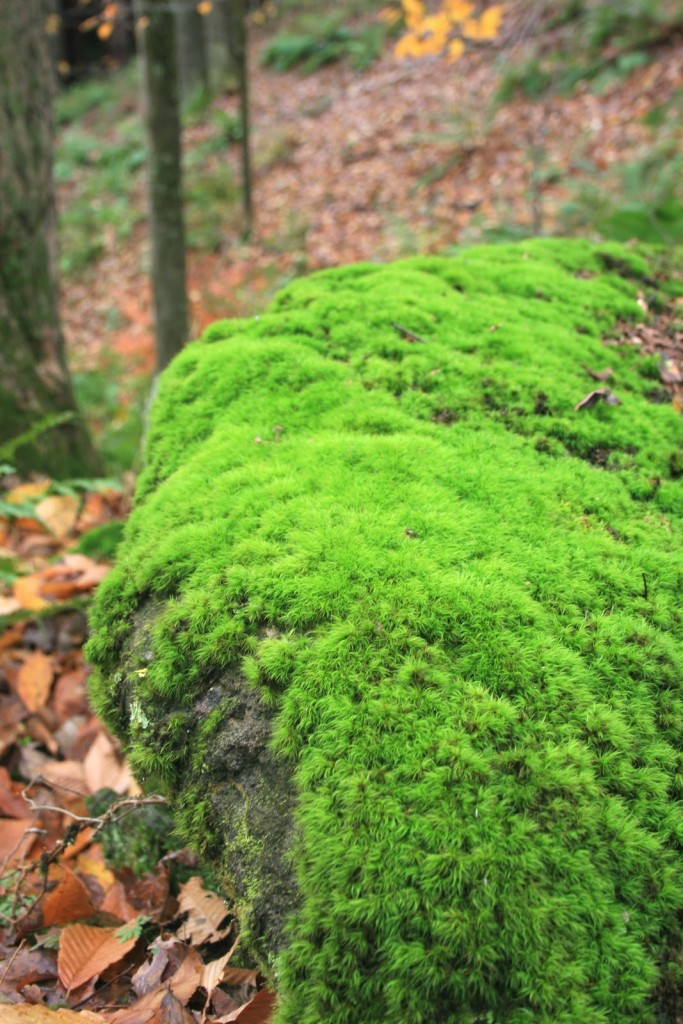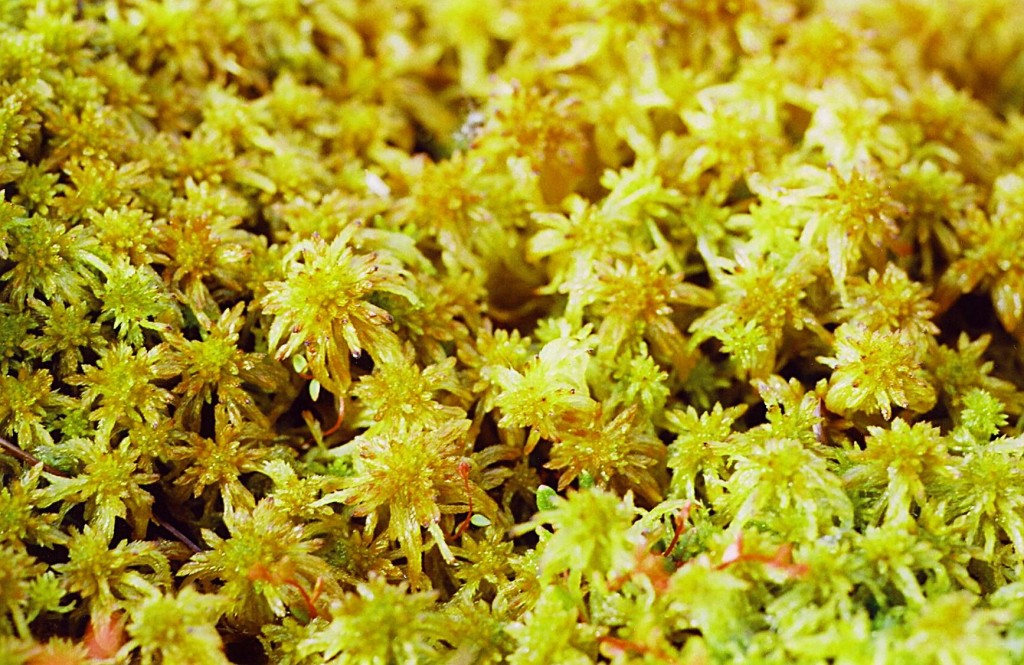Getting Water From Moss and Other Thick Grasses
Water, especially in moist wilderness areas, is very easy to obtain if you know where to look. Much of this water is normally free from bacteria and other organisms that would otherwise pose a health risk as well. Let’s take a look at some interesting places where water may be lurking, and this knowledge can make surviving in the wilderness a little bit easier.
Moss as well as patches of thick, grass-like plants harbor tremendous amounts of water. You can feel this simply by running your hands over the surface of the plants. The easiest plants to work with are those that are growing on embankments, rocks or the trunks of trees. They trap water as it flows to the ground, and their sponge-like structures are able to store large amounts. All you need to do is cut out some patches and wring the water into a container. However, it’s important to follow a couple of guidelines to get the most out of this resource.
First, cut out a patch of material nearer to the top of where it is growing, starting with the upper horizontal slice. This will help to ensure that you are getting the purest water from the plant. Water nearer to the bottom may have accumulated contaminants on its way down. You want to cut the top slice first in order to prevent water from the patch from dripping out.
Proceed to cut the sides and then make bottom cut. You should be able to rip the patch directly off of the surface, and pieces of well-hydrated plants will drip water very easily. Have a container next to you so that you can immediately wring the water in order to minimize runoff and loss. Try to squeeze the plant with its top material facing inward in order to minimize the amount of dirt and debris that drips into the container.
Keep in mind that different plant varieties as well as local climate conditions will determine how much water you can expect to get. The good news is that these types of plants also act as a natural filter, and the quality of the water often matches what can be found in springs. However, its important to be familiar with different plant species because some will filter water better than others.
Sphagnum moss is an example of an abundant plant that not only stores and filters a lot of water, but it also has some antibiotic properties as well. Iodine, which is a common water purification additive, is produced by this plant in small amounts. Sphagnum moss can also be used for padding or bedding after the water has been removed. You can also let it dry out and use it for kindling as well.
It is important to consider where the water is coming from before you decide to use these resources. Make sure that you are getting the plants downstream or downhill from clean areas and away from sources of pollution, municipal runoff or farms and gardens that have been fertilized. Otherwise, you will need to purify the water in order to kill off a wide-range of contaminants. However, you can really benefit from these water sources once you’ve scouted the area.




